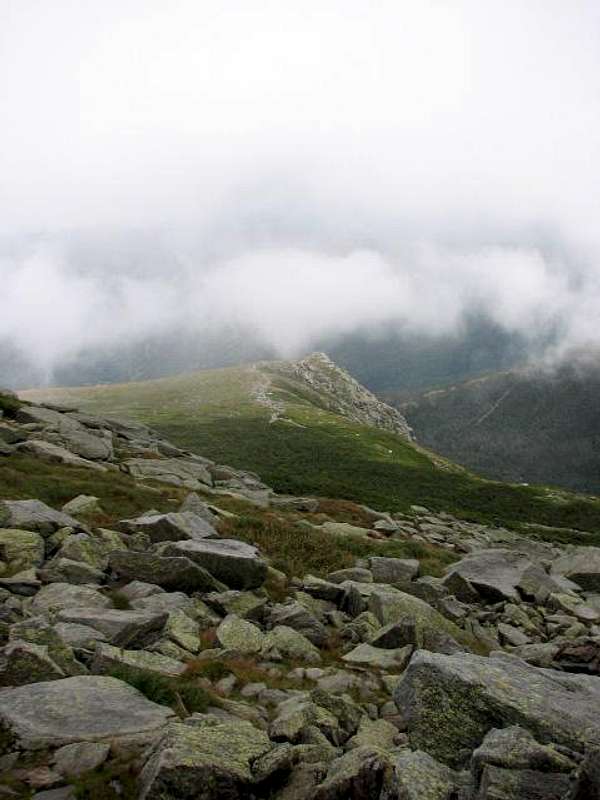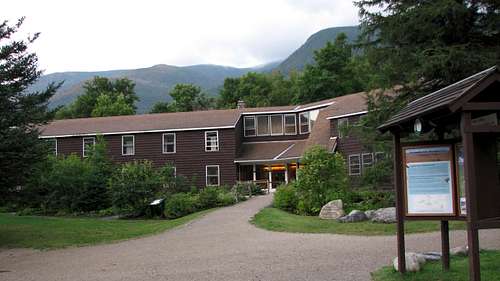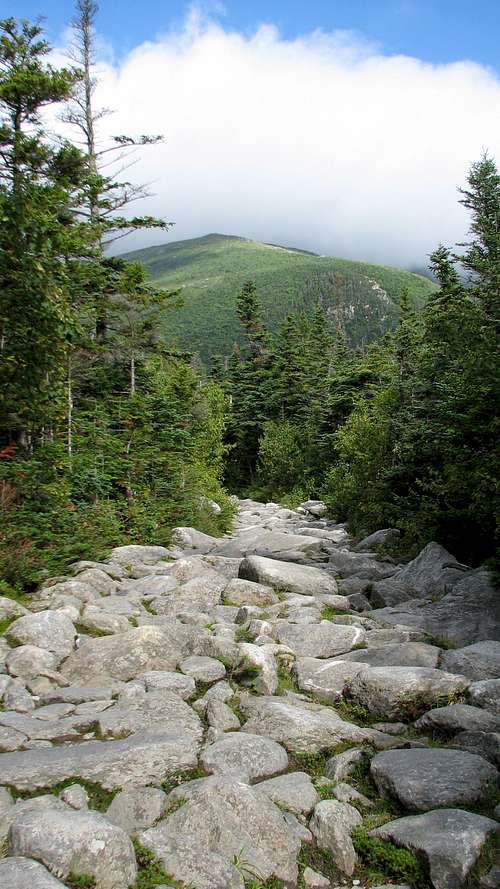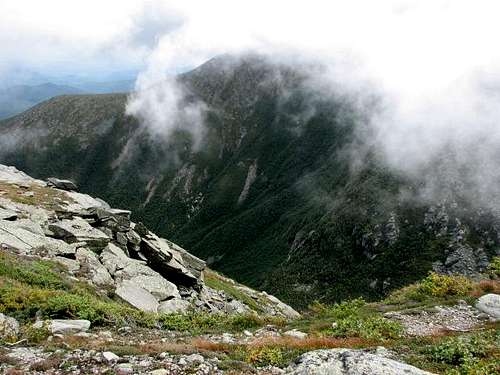|
|
Mountain/Rock |
|---|---|
|
|
44.26500°N / 71.293°W |
|
|
Hiking |
|
|
Spring, Summer, Fall, Winter |
|
|
5091 ft / 1552 m |
|
|
Overview
Lion Head is the very distinctive peak on the eastern flank of Mount Washington. It stands as a landmark between the two most well known glacial cirques on the mountain: Tuckerman Ravine and Huntington Ravine. The view of Lion Head from the bottom of Tuckerman Ravine is quite impressive, and it dominates the sky above the Hermit Lake area.Two prominent trails ascend Mount Washington at Lion Head. The Tuckerman Ravine Trail, which routes below Lion Head, is the most popular way up the mountain, and so most people who travel it get their first views of Lion Head while moving through this area; especially at the Hermit Lake shelters. The Lion Head Trail itself traverses up the steep slopes just before reaching the bowl of Tuckerman Ravine and ascends very steeply up Lion Head itself. The Lion Head Trail is the most popular route to the summit of Mount Washington during winter months. It’s also the safest route to the top of Washington when the ground is icy and the weather is dicey.
Getting There
Most people access Lion Head via the system of trails that begin at the Pinkham Notch Visitors Center at Joe Dodge Lodge. A great number of routes and loops can be made from this trailhead.Red Tape
- Camping and wood/charcoal fires are not allowed in the "Cutler river drainage" (except at Harvard Cabin and Hermit Lake). "The Forest Protection Area of the Cutler River Drainage extends from the summit of Mount Washington east to Pinkham Notch. The northern boundary is the Nelson Crag ridge; the southern boundary is the Boott Spur ridge. The Area includes Tuckerman and Huntington Ravines, the Alpine Garden, and all trails within this area." This is in addition to the regular WMNF ban on camping above treeline (which in winter is relaxed when there is at least 2 feet of snow over the campsite)
Camping
No camping above treeline. Various shelters, lean-tos, huts, and lodges are available all around the White Mountains.External Links
The White Mountains National ForestHike the Whites
The AMC Huts
AMC-New Hampshire Chapter
Mount Washington State Park
Vist the White Mountains
Mount Washington Observatory







